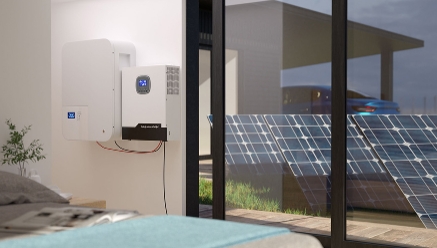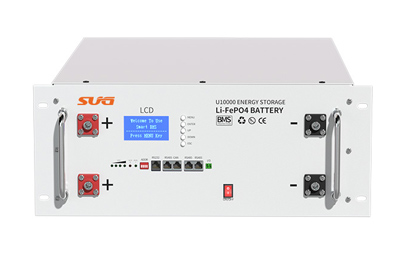Lithium-ion batteries use lithium ions to store electrical energy, and use the potential difference between the positive and negative electrodes to complete the charge transfer. The "diaphragm" acts as an insulator to isolate the two sides, preventing electrons from shuttling, but allowing lithium ions to pass freely. During charging, lithium ions travel from the positive electrode to the negative electrode through the diaphragm; during discharge, the ions migrate in the opposite direction. The potential difference formed in this process is what we know as "voltage". When an electronic device is connected to the battery, the electrons blocked by the diaphragm are able to pass through the device, providing power support for it.

1.Basic Structure: A typical lithium-ion battery consists of three main components: the positive electrode (cathode), the negative electrode (anode), and the electrolyte. These components are usually housed in a sealed container for safety.
2.Charging: When a lithium battery is being charged, an external voltage source is connected to the battery, causing lithium ions to move from the positive electrode through the electrolyte and become embedded in the crystal structure of the negative electrode.
3.Discharging: When the battery is in use, the stored lithium ions in the negative electrode move back through the electrolyte to the positive electrode, creating an electric current that can power a device.
4.Ion Movement: During charging and discharging, the movement of lithium ions is facilitated by the electrolyte, which allows the ions to flow back and forth between the two electrodes while preventing direct contact between them.
5.Reversible Reaction: The movement of lithium ions is a reversible electrochemical reaction, meaning that the process can be repeated multiple times (rechargeable) as the ions shuttle back and forth between the electrodes.
6.Safety Features: Lithium batteries often include safety features such as built-in circuitry to prevent overcharging, over-discharging, and overheating, which helps to protect the battery from damage and potential safety hazards.

The key principle of lithium battery operation is the movement of lithium ions between the positive and negative electrodes, thereby achieving the storage and release of electrical energy. Lithium batteries are widely used in electric vehicles, power tools, computers, office equipment, smart home products, data storage and transmission equipment, and other fields.
GET A QUOTE